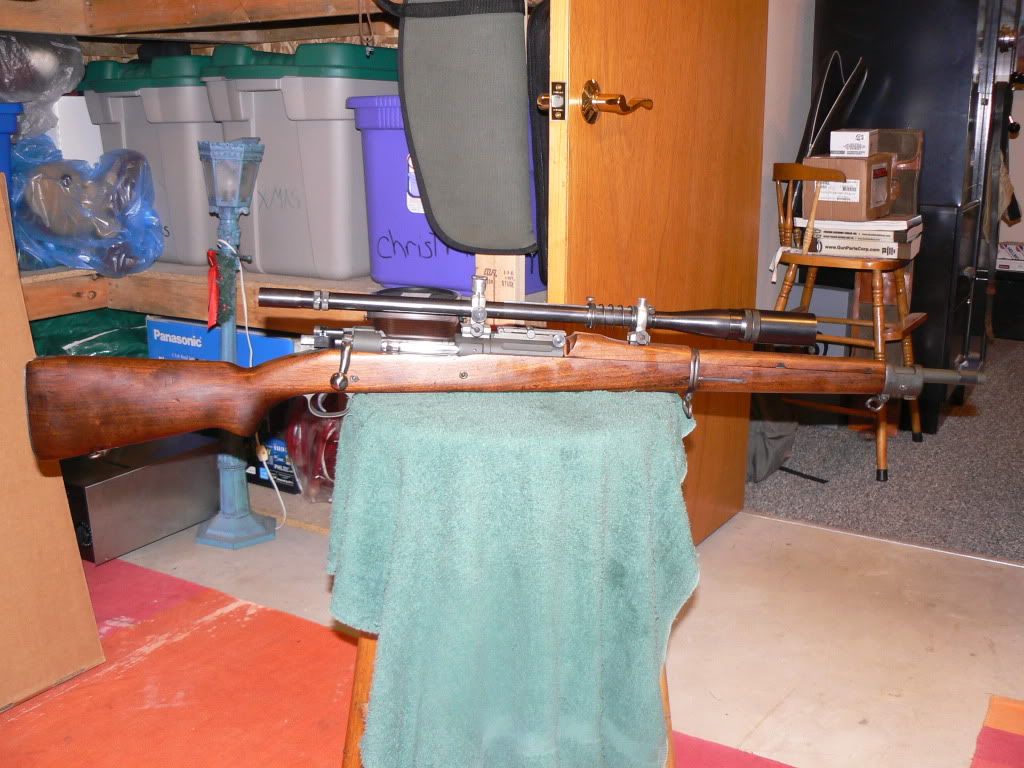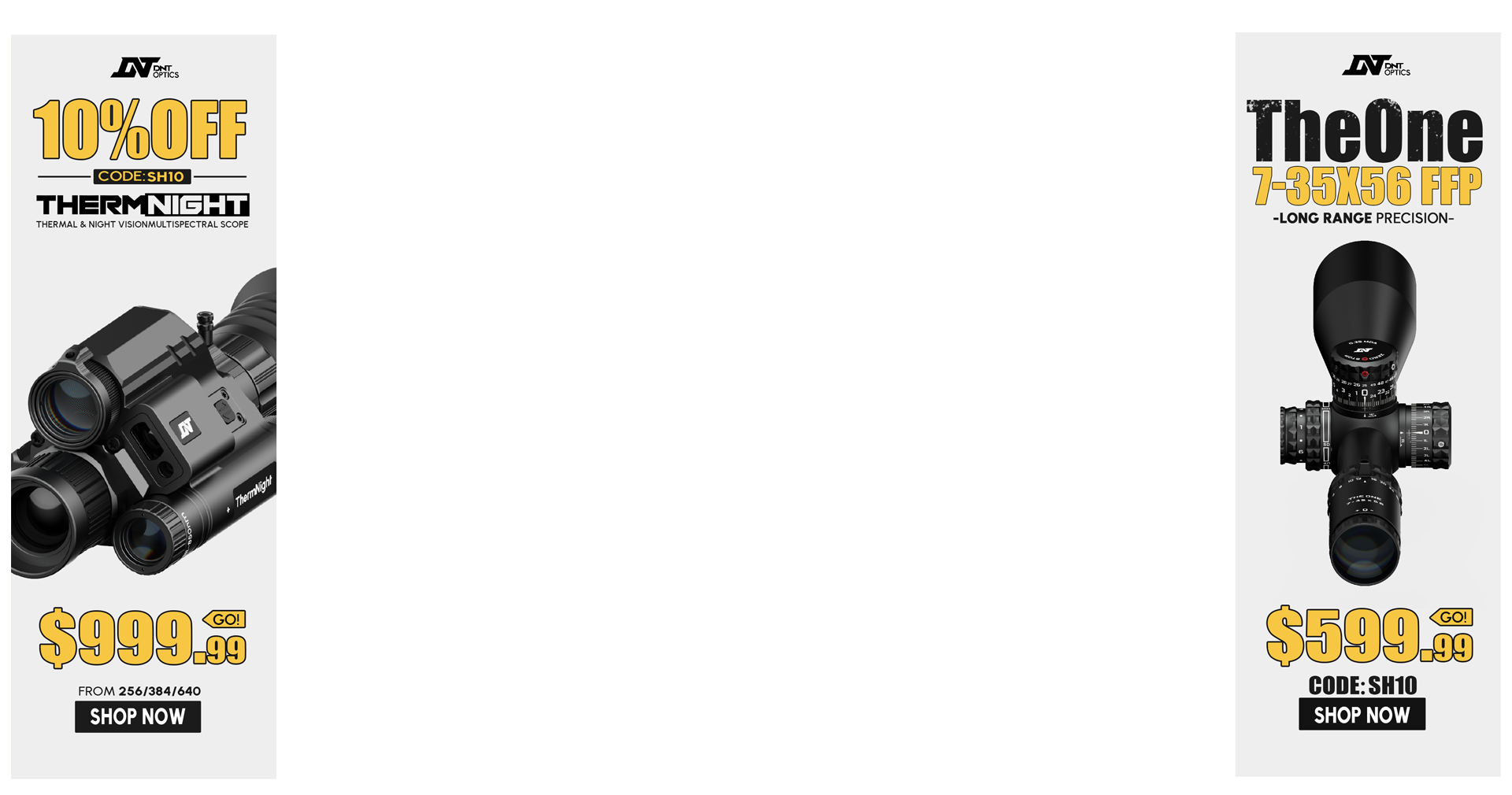Weatherby recommends an upward pressure point on their lighter (#2 and smaller) barrels, and chooses not to free float them at the factory. I've read that this is just a way to get around not properly bedding the action to the stock.
What's the truth in this? I've always known to be true that a properly bedded action with a free floated barrel better, no matter the barrel diameter.
I'm thinking about putting a new stock on a weatherby vanguard series 2 that I own, and just wondering what the general consensus is on free floating it to try to gain a little more accuracy.
What's the truth in this? I've always known to be true that a properly bedded action with a free floated barrel better, no matter the barrel diameter.
I'm thinking about putting a new stock on a weatherby vanguard series 2 that I own, and just wondering what the general consensus is on free floating it to try to gain a little more accuracy.



